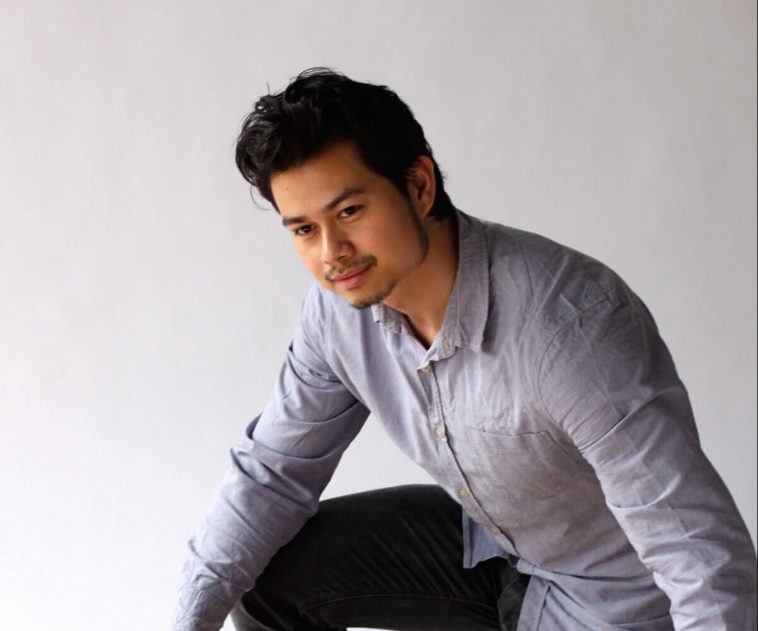Robert van Embricqs has always been captivated by the beauty of simple yet intricate designs. His creative inspiration stems from the natural world—think the skeletal systems of animals, the organic structures of plants, and the dynamism of movement. Van Embricqs is driven by an enduring question: How much of a role does the material itself play in shaping the design?
The Philosophy of Minimalistic Design
In his quest for answers, he has developed a minimalistic design approach that acts as a partnership between the designer and the material used. Unlike conventional design strategies that impose the designer’s will upon the material, van Embricqs believes in letting the material speak for itself. It’s a collaborative process, where both the designer and the material are equal partners in creating something beautiful and functional.
The Intersection of Aesthetics and Functionality
A noteworthy facet of his design methodology is the deliberate emphasis on combining functionality with beauty. For him, a well-designed object is not just about how it looks but also how well it serves its purpose. Contrary to what one might expect, focusing on functional design doesn’t have to result in predictable or conformist outcomes. Van Embricqs proves that functional can be beautiful, and beautiful can be functional.
Expanding the Scale: From Furniture to Architecture
While he continues to contribute to the world of furniture design, Robert van Embricqs is also venturing into larger, more expansive projects. He’s applying his unique concepts to broader settings where movement facilitates an interactive experience between people and the architectural spaces they inhabit. He’s dedicated to exploring novel techniques that could be applied in both exterior and interior settings, offering dynamic solutions that go beyond the traditional.
Cooperation with Material: The Unspoken Language
In his approach, Robert sees materials not just as passive elements but as active participants that have a voice in the design process. Whether it’s wood, metal, or fabric, each material has unique properties and potentials that can be unlocked through a cooperative approach. For example, wood may offer a warm, organic feel, while metals like aluminum or steel can provide structural integrity and a modern aesthetic.
Beyond Conformity: The Role of Unpredictability
Van Embricqs appreciates the value of unpredictability in design. For him, adhering strictly to established norms can stifle creativity. Therefore, he often pushes the boundaries of what’s considered “conventional,” exploring designs that surprise and engage the user.
Summary and Key Takeaways
Robert van Embricqs is a designer who finds inspiration in the intricate simplicity of natural forms. His design philosophy is rooted in a minimalistic approach that fosters a symbiotic relationship between the designer and material. Focusing on functionality doesn’t mean sacrificing aesthetic appeal; in fact, van Embricqs shows that the two can coexist harmoniously. Expanding beyond furniture, he is also investigating how his design principles can influence larger architectural spaces, always aiming for a dynamic interplay between form and function.
By respecting the natural properties and potential of materials, and by daring to step outside of design norms, Robert van Embricqs offers a fresh perspective on what effective, beautiful design can truly be.





